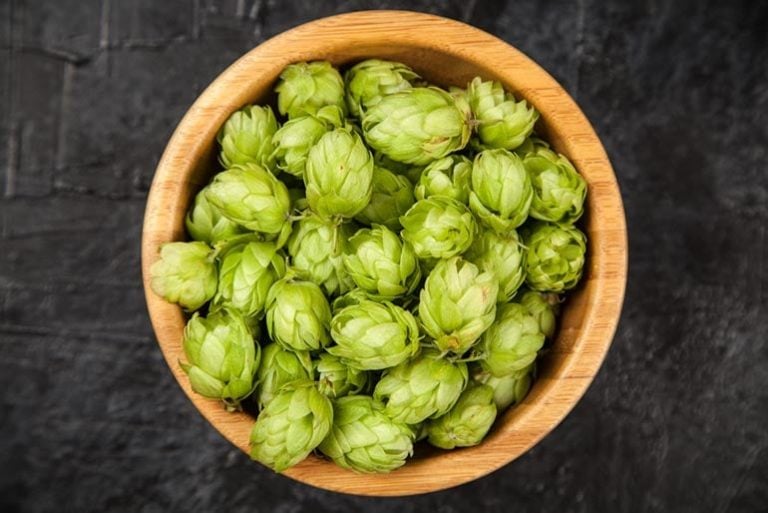Mashing In: Craft Malt Houses Taking Root
I was fascinated by the new American craft malting industry when I first heard it…

I was fascinated by the new American craft malting industry when I first heard it existed— craft malting presents even more opportunity for consumers to experience the regionality of their beer, and it supports the uber-local trend in craft brewing in the U.S. I felt compelled to reach out to the Craft Maltsters Guild and several of its members to learn more. I discovered that, much like craft brewing, craft malting is deeply rooted in homebrew.
First I reached out to Colorado Malting Company (CMC) in Alamosa, Colorado. CMC got its start delivering small batches of barley to homebrewers doorsteps before it expanded its client base to include many of the state’s homebrew shops. The company even has homebrew systems on site where employees brew with all of the different malts (including 2-row barley, pilsner malt, pale malt, crystal malt, chocolate malt, and wheat, as well as gluten-free grains like millet, buckwheat, and malted sunflowers) on their product list. There were also a lot of local homebrewers involved in testing some of CMC’s first products when the company launched in 2008.
These days, craft malting is following the footsteps of craft brewing, with micro-malthouses opening up in every pocket of the United States. Maltsters who grown and malt barley locally are becoming so prevalent, in fact, that the North American Craft Maltsters Guild formed recently to educate the public about this new industry and uphold quality standards. Maltsters are becoming so prevalent that there was plenty of material a feature I wrote about them in the Summer 2015 issue of The Beer Connoisseur® Magazine.
“Ten years ago, the ‘all local’ pint was impossible,” said the website of the maltsters guild, referring to the few European companies that provide most of the malt that American brewers use. Less than seven years ago, the website suggested, local maltsters started emerging again. “Now, interest in local sourcing is creeping into everything we eat and drink.”
When chatting with Grouse Malting Company, I found that craft malting is also rooted in a desire to drink gluten-free beer. The company exclusively malts gluten-free grains in Wellington, Colorado. It was inspired by the owner’s search for a gluten-free beer that actually tasted good.
Another malting company that launched out of the demand for gluten-free beer is Eckert Malting & Brewing in Chico, California. The facility is the first in the world to exclusively malt and roast rice as a grain for brewing. The homebrewing owner’s wife was diagnosed with a gluten intolerance, and he sought out to make a beer she could enjoy.
The list of craft maltsters goes on. They’re in Washington, Oregon, Kentucky, Illinois, New York, and North Carolina, to name a few states, and more are opening each year. Together this small group of maltsters is changing the way that we source beer ingredients in the United States and redefining what it means to brew local beer.
Check out the Summer Issue of The Beer Connoisseur® Magazine for interviews with Colorado Malting Company, Grouse Malting Company, Eckert Malting & Brewing, and Riverbend Malt House.
















Comments 0
No Readers' Pick yet.